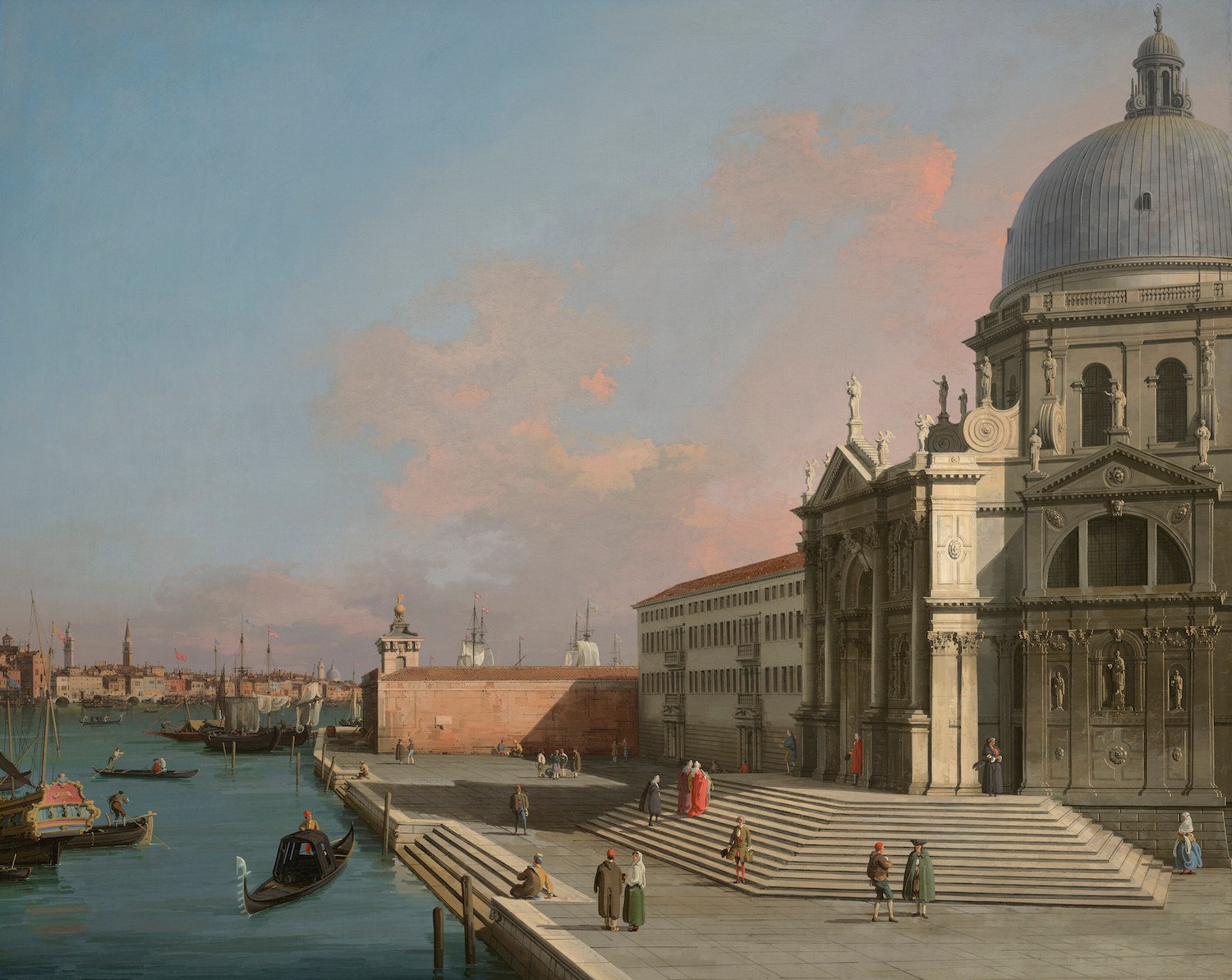The Caste Portraits Series
2012 - Photography (Photography)
9 photographs, each: 55.88 x 40.64 cm
Leah Gordon
The Caste Portraits Series by Leah Gordon investigates the practice of grading skin color from black to white, which marked the extent of racial mixing in 18th century Haiti. Médéric Moreau de St Mery (1750-1819), a French créole slave owner and freemason living in Saint Domingue (now Haiti), created a taxonomy of race classifying skin color from black to white using names derived from mythology, natural history, and bestial miscegenation. His Description topographique, physique, civile, politique et historique de la partie française de l’isle Saint-Domingue (1789) hierarchizes 128 possible combinations of black-white miscegenation into nine categories (the sacatra, the griffe, the marabout, the mulâtre, the quarteron, the métis, the mamelouk, the quarteronné, and the sang-melé). Each category corresponds to a percentage of the fusion of black and white blood. Gordon takes these categories, depicting nine skin varieties, with herself at the white end of the scale and her partner André Eugene, a Black Haitian artist, at the other end, and creates a taxonomy of skin types in the guise of renaissance portraiture. For this project, Gordon found her models in the Grand Rue area of Port-au-Prince, home to the artist collective Atis Rezistans. She worked with local craftsmen to make the costumes for her sitters and wooden plaques behind which the models stand, bearing the identifying names of the caste colors. Each character in the series inhabits their costume with confidence and natural poise with the exception of Gordon herself as Blanche, who appears uneasy and uncomfortable, holding a hare defensively close to her chest. The source for this photograph is A Lady with a Squirrel and a Starling by Hans Holbein the younger. Gordon recreates some of the illusionistic mannerisms of renaissance portraiture with figures breaking through the picture plane or turning in a three quarters pose away from the viewer. This photographic series is an ironic commentary on the impossibility of people of color being portrayed in this manner five centuries ago, as well as a critique of a taxonomic system that enshrines racism and promotes a hierarchy of skin color, which resulted from a preoccupation with interbreeding and intermarriage of white colonial settlers and their slaves. Though Moreau de St Mery’s system placed white skin as the top of the color hierarchy, Gordon physically inverts this by suggesting Black as the pure, founding race and white as inferior.
Leah Gordon is an artist, curator, and writer, whose work considers the intervolved and intersectional histories of the Caribbean plantation system, the Trans-Atlantic Slave Trade, the Enclosure Acts and the creation of the British working-class. Living half the year in Haiti since the early 2000s, Gordon’s work engages with the history of its population and its oppression by colonizers. The artist has created projects about Haitian Freemasonry (a present-day legacy of colonial times); Voodoo; the oppressive enclosure system in England; the disappearing drill towers of the London Fire Brigade; and the tailors of Port-Au-Prince whose jobs disappeared under the weight of the import of second-hand clothing from the United States. Many of Gordon’s films have a political inflection; for example, she has made films about links between the Thames River and the slave trade, and a film commenting on the clean-up of two thousand elephants by the Portuguese to clear ground for agriculture in colonial Mozambique.
Colors:
Related works found in the same semantic group
» see more

© » KADIST
Toyin Ojih Odutola
2015As she traces the same shape again and again, Ojih Odutola’s lines become darker and deeper, sometimes pushed to the point where their blackness becomes luminous...

© » KADIST
Marcel Pardo Ariza
2016In Linda, Lee & Dorsey, Louis (1988~, 2018) Marcel Pardo Ariza draws on Bay Area queer histories that have been uncovered from local archives and queer organizations, and connects them to people currently living in the Bay, where Ariza is also based...

© » KADIST
Javier Castro
2008In the video Negro sobre Negro (Black on Black) all we see is a completely black screen on a monitor that is recessed into a wall, also painted black...

